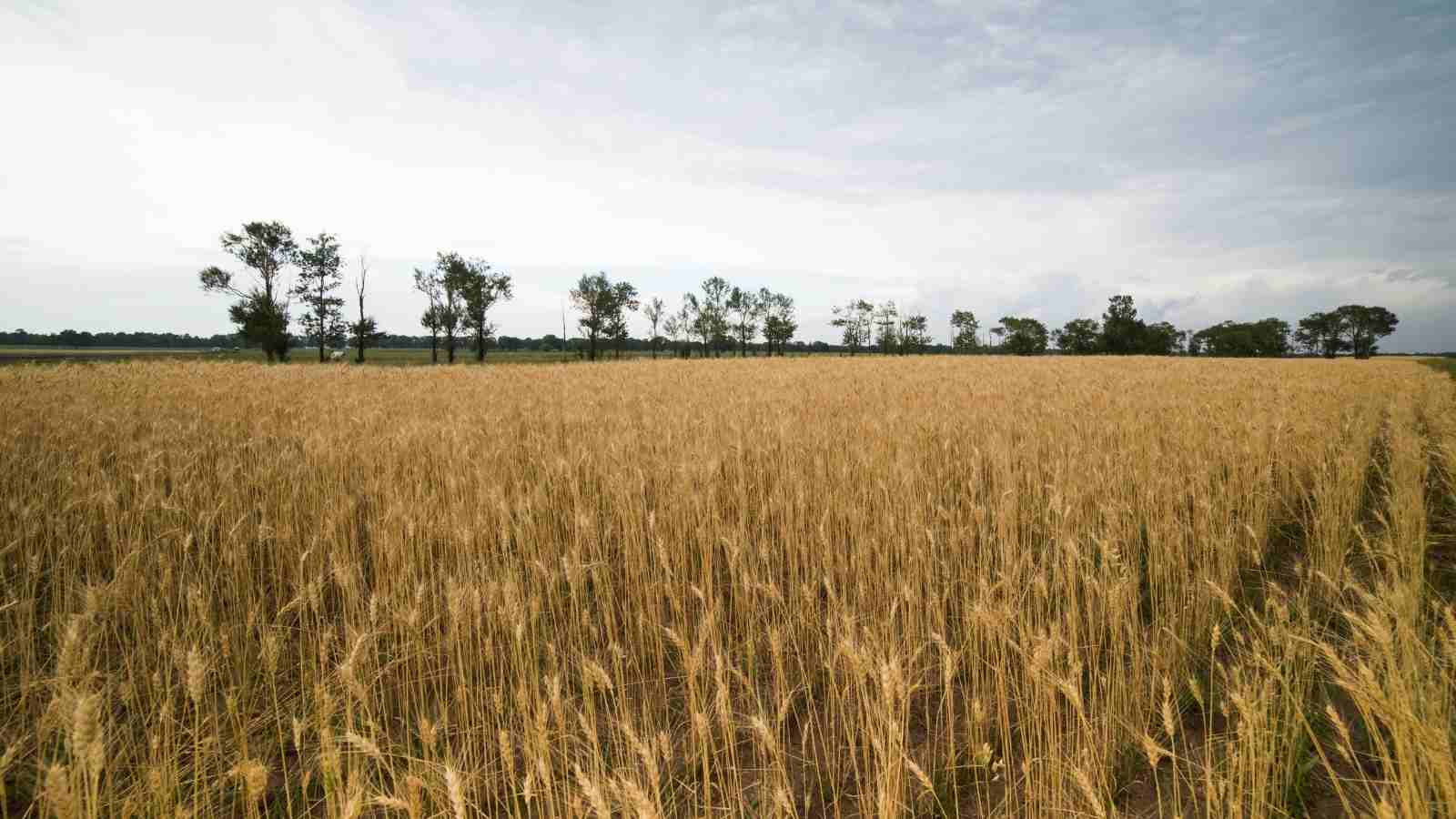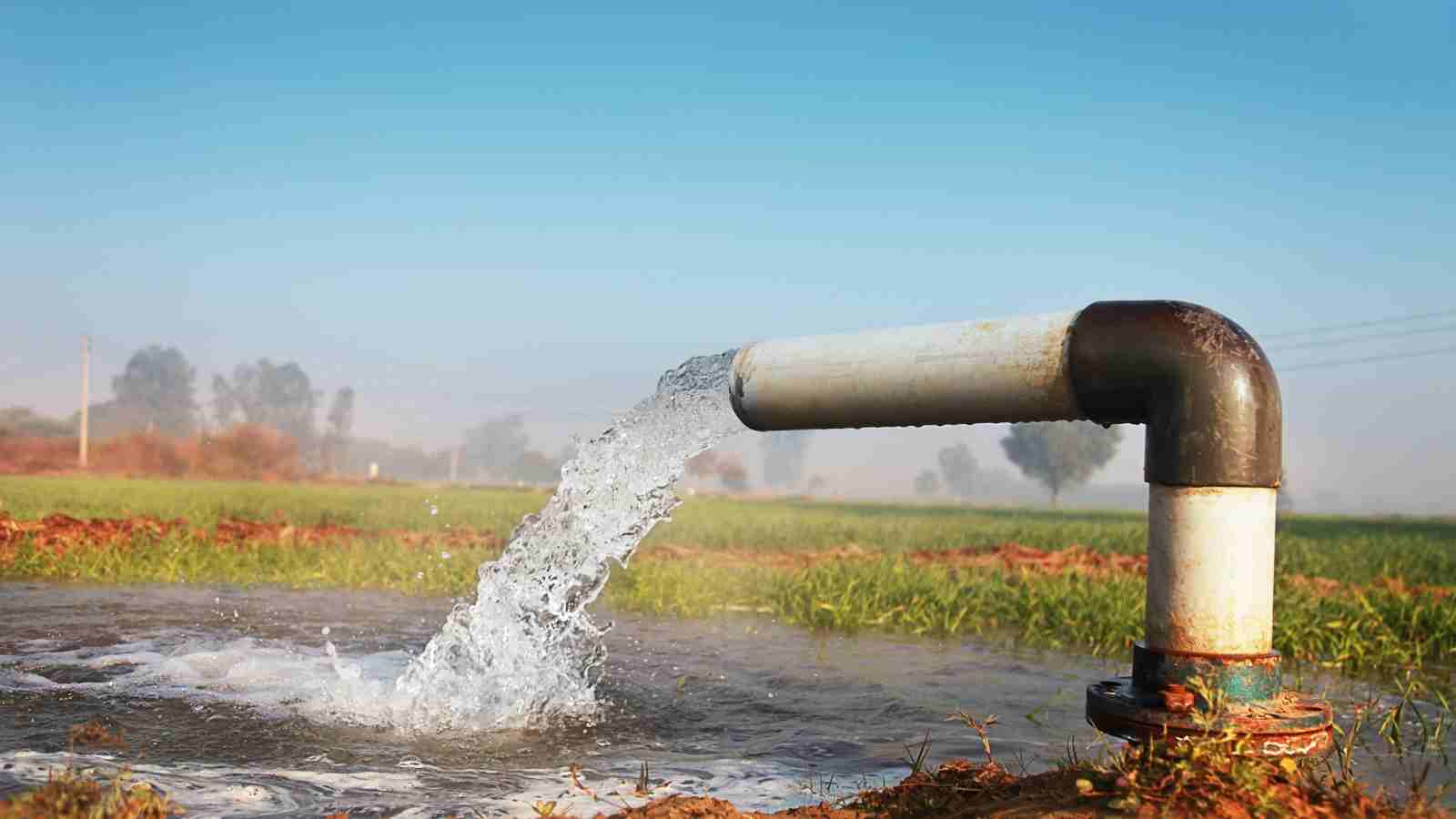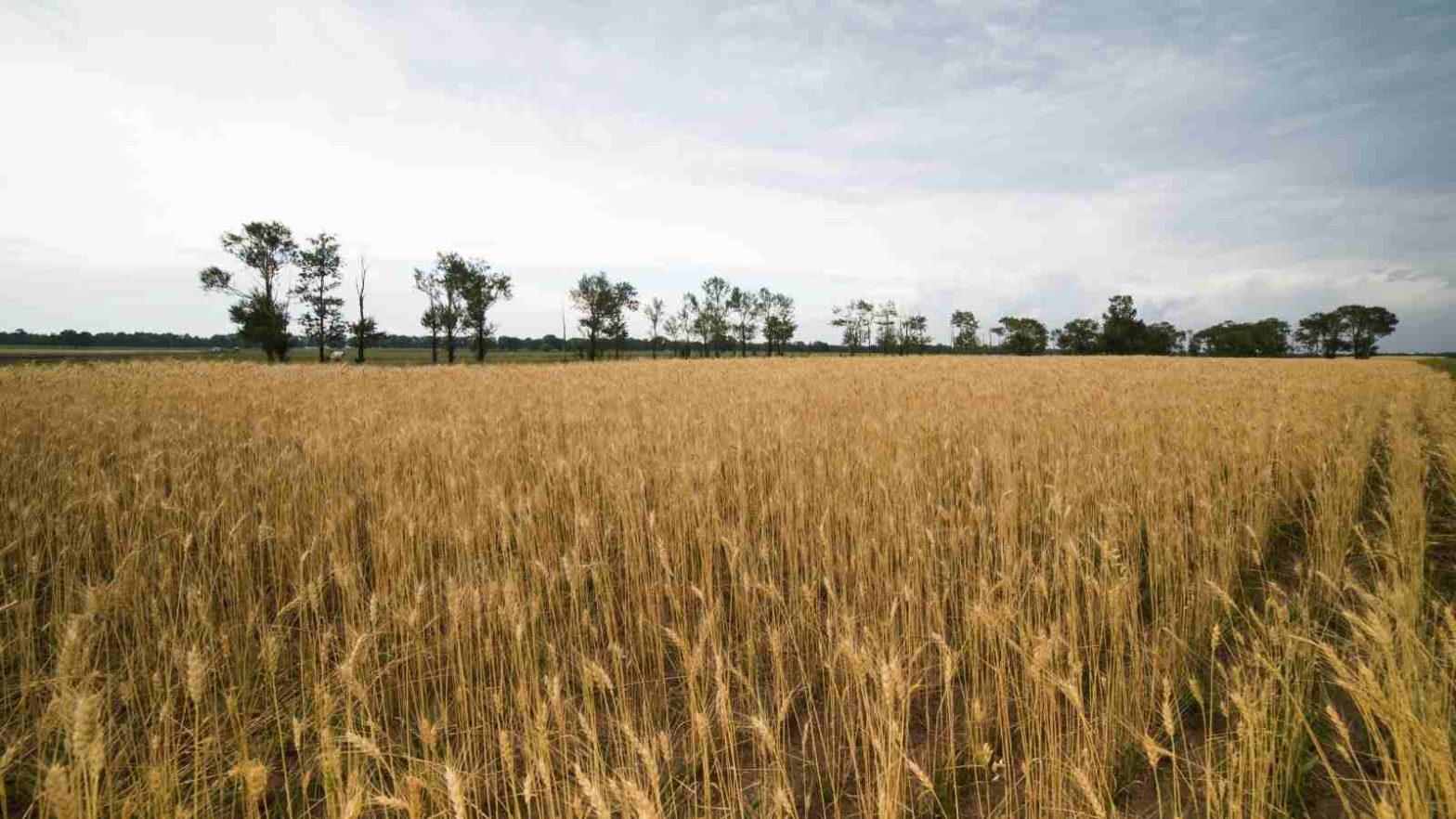India is one of the highest producers and one of the largest consumers of grains. The immense popularity of wheat has made the farmers to grow the same in various states. Earlier, the major production of the wheat crop came from the states of Haryana, Punjab and Uttar Pradesh. With the increasing need and the demand of the crop, almost in all the states, the wheat is being grown. In the recent years, the production of wheat has increased tremendously in the states of Madhya Pradesh and in Maharashtra. From making tortillas to pancakes, the wheat is being used in a variety of meals all over the country. The wheat farming in India is no more a domestic means of income.
Over the years, India has become a massive exporter of Wheat as well to various Asian countries primarily and to the other countries. The main type of wheat that is grown in India is the white bread wheat. Even the type of medium protein or the soft type of wheat is also being grown in some parts of the country.

The crop is not only demand owing to its versatility but also because of its various health benefits. These crops are very good source of protein and are extremely rich in fiber. With the high amount of Manganese and Magnesium, wheat is thereby, very good for the proper functioning of the heart. With the fitness fanatics, the regular consumption of the adequate amount of wheat is catching up very fast! Here in, with greater detail, we have described the various aspects and tips in the wheat farming in India.
1. What are the various soil requirements to grow wheat in India?
The wheat crop is very picky about the soil in which it is grown. Well, owing to the different topography all across India, in various soils the crop can be grown with proper irrigation. The soils which prove to be the best for the crop is either the clay loamy soil or the fertile simple loamy soil. Any soil that is being used to grow wheat has to be moist and very water retentive.
Though the soil needs to be moist, it does not mean that the soil will be filled with water puddles. The soil pH needs to be neutral and there ought to be proper means of aeration in the soil. All the more, with the high moisture content, the soils need to have very efficient water drainage system as well. At times, in the drier regions, the wheat can be grown with the adequate input of water and a proper dose of fertilizers.
2. What are the climatic conditions necessary to raise wheat all across India?
The wheat crop is extremely flexible with respect to the climatic conditions in which it can be grown. The crop can easily be grown in the hot tropical areas and also in the comparatively cooler sub-tropical zones. Wheat is tolerant not only to heat but to also extreme cold and frost.

Usually, the optimum temperature range within which wheat can be grown lies within 20 degree Celsius to 25 degree Celsius. The climate being cool and moist (not extra humid) adds on to the better growth of the plants. It is very vital to note that the crop cannot grow in the damp or drought like regions. Most of the growth time and in the ripening, the crop needs to be provided with a dry weather with moderate rain in a year.
3. When and where to sow the wheat seeds to raise the best production?
- The wheat plants love to be grown in medium temperature. So, the best time to sow the seeds is during the month of November to early January. In accordance with the climatic conditions of the respective regions, the sowing can be either hastened or delayed.
- The farmers ought to be aware of the fact that to lose time on lengthened germination process is very harmful for the crops. So, the farmers need to duly soak the seeds for at least a day or two before sowing the seeds.
- While planting the seeds, they ought not be put into very deep pits. By putting the seeds in deep pits might make the seeds go dormant or at times even rotten.
- The seeds also need to be sown very close to each other. Within a distance and a depth of 2 cm to 3 cm, the crops will grow with great ease.
- Once the plants start to grow, they need to be aligned into rows. The rows need to be at a distance of 20 cm to 25 cm.

